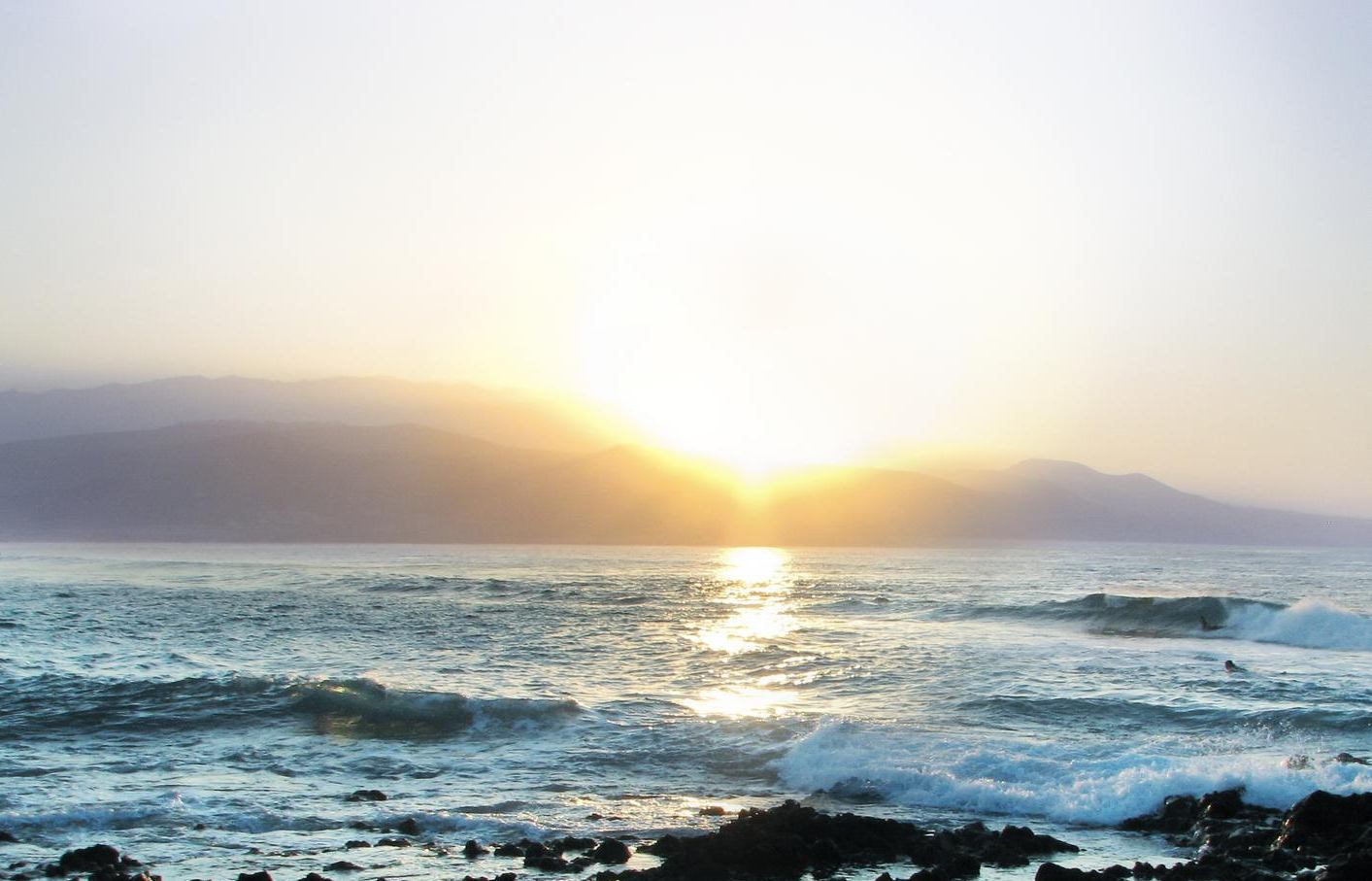 |

After the excavations were finished in 1998, the 65,000 square meter area surrounding the pyramids was made accessible to the public. An information centre provides visitors with information about Heyerdahl’s research trips and his previous ideas regarding the pyramids. Two pavilions contain exhibits relating to Heyerdahl along with models of his boats; ie.a replica of the Ra II in its original size. The excavations and subsequent research support a date for the construction of the structures no earlier than the 1800s. But there are still beliefs in a possible relationship between the existence of the pyramids and the pre Hispanic civilisation on Tenerife.
Pyramids of Güímar
The Pyramids of Guimar are made of the six rectangular pyramid-shaped, terraced structures, built from lava stone without the use of mortar. The structures have been dated to the 19th century and their original function is still being under debate. Local traditions as well as surviving images indicate that similar structures could once have been found in many locations on the island.Thor Heyerdahl
In 1990 the well-known explorer Thor Heyerdahl became aware of the "Canarian Pyramids" by reading an article written by Francisco Padrón in the Tenerife newspaper. As Heyerdahl had hypothesized a transatlantic link between Egypt and Central America, he became intrigued by the Guimar pyramids and researched possible parallels between the Canarian terrace structures and pyramid structures in Egypt and Central America.
Features of the constructions and areas between the pyramids remind the areas that have served in pre-Columbian Mesoamerica as ceremonial areas. Heyerdahl hypothesised that the Canarian pyramids formed a temporal and geographic stopping point on voyages between ancient Egypt and the Maya civilization, starting a controversial discussion between historians, esoterics, archaeologists and astronomers.
Watch our video of the pyramids and Thor Heyerdahl's research »
